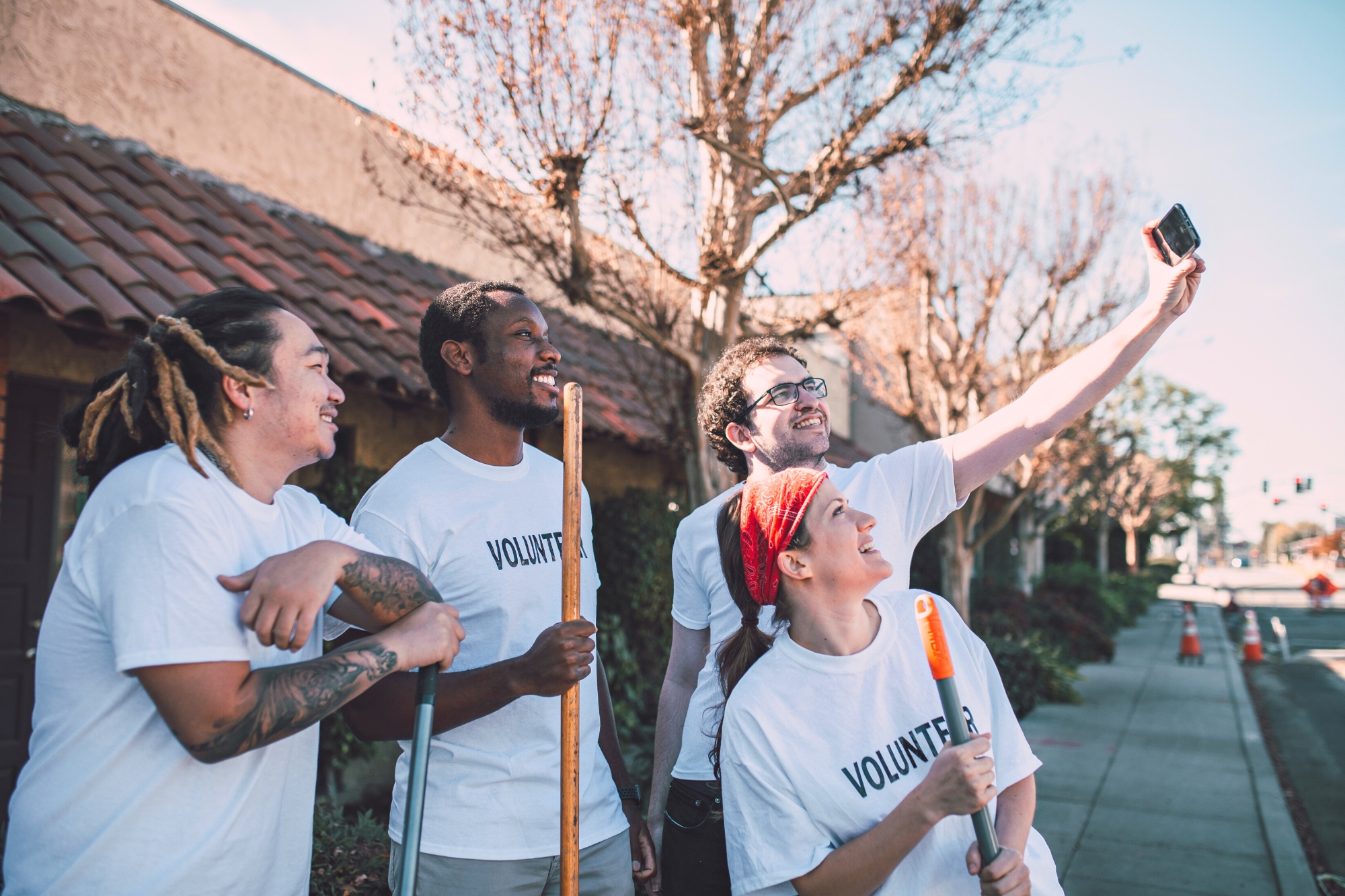Build A Community With Your Nonprofit Social Media Strategy
A lot of nonprofit organizations measure their social media success by the number of followers they have on Facebook, Twitter or Instagram. But large numbers of followers are meaningless if those followers aren’t commenting, retweeting, or interacting in some way with the nonprofit social media they follow.
Instead of focusing on numbers, nonprofit social media strategy should be aimed at using Twitter, Instagram, Facebook, and other social media channels to build nonprofit communities. These communities are like vibrant neighborhoods, where people share common concerns and goals, talk and listen to one another and take action on issues of importance.
Social media is the most interactive of all nonprofit marketing options. When a supporter gets your newsletter in the mail, chances are they read it and put it aside. Maybe later, they’ll send a donation or call for tickets to an event. When those same stories are posted on Facebook, supporters can, with little effort and a few clicks, add comments, questions or show their support with “likes” and shares, for example. Their online reactions spur comments and conversations with other supporters and with your nonprofit.
Through social media, your community of supporters interacts with you and with one another, and that’s important because being part of a larger community of like-minded souls is something people crave. People who actively follow an organization online tend to volunteer and donate more and share the word about the organization’s goals and good works.
Like all nonprofit marketing, social media is also about fundraising. By telling stories, promoting events, educating about issues and building awareness of needs, nonprofit social media creates a community of followers who feel involved, informed and inspired to support the organization with donations and their time.
So, what does your nonprofit social media strategy look like? Here are some ways you can turn social media into a powerful tool for community building and, over time, financial support for your organization.
Tell your story across social media channels in compelling ways.
Social media is about sharing information, through words, pictures, and video. The content shared by a nonprofit can be informational, educational, instructive, even funny. And, it should fit the social media channel being used. Tai Lopez, an entrepreneurial guru, told Entrepreneur magazine, that Twitter is for short, frequent posts, Instagram is like a museum, and Facebook is a hybrid. “You need a different strategy for each social channel,” he advised.
Another expert, New York Times bestselling author Grant Cardone, told the magazine his social media suffered because he got too attached to one channel. “My biggest mistake was getting too fond of one platform. I’d get lazy in not taking the time to figure out the tone, personality, and needs of each platform.”
Tell stories about your organization and the effect it has, promote its events, share information about issues that affect your organization. And post all the time, not just in advance of big events or end-of-the-year fundraising campaigns. If you want your followers to take some action—like volunteer for an upcoming 5K fundraiser—use a clear call to action to direct them.
Use photography and video for high impact
Social media allows a nonprofit to share information and stories in so many ways. Visual content is especially compelling, and with the sophistication of today’s cellphones, it is easy for anyone with a phone in their pocket to deliver a good photo or short video. Refresh photos on Facebook banners often and post different images and videos on different channels. Think about opportunities for video shoots ahead of time—annual fundraisers are a perfect time to pull supporters and those who benefit from your nonprofit’s work aside for quick interviews. Do as many as possible and post these short pieces over the course of several weeks or months.
Come up with interactive content.
Offer content that requires interaction: polls on Twitter, question and answers session through Instagram Stories or contests on Facebook. When you use interactive content, click-through rates improve. Encourage your supporters to share your content and to tag the photos of your organization that they post. Both help expand your reach.
Have others contribute to your content.
Don’t do all the talking. If you don’t encourage your followers to share, to talk, to engage, your community will be like a village where people shut themselves up in their homes and never come out to meet the neighbors. Ask your followers to post their photos from a recent event, for example. Engage experts on your nonprofit’s area of focus. For example, if your nonprofit deals with hunger issues and you attend an industry conference, pull one of the speakers aside for a quick Q & A. Post the interview to your various social media accounts, and ask the industry expert, who is likely an influencer in his or her field, to share it with followers. Involving those outside your organization helps expand your nonprofit social media community.
Be responsive to your followers.
When followers post comments or questions on social media, respond quickly and genuinely. A quick response makes them feel more a part of the community and more likely to support you.
Interested in how Bluegrass can help?
See what we can do.
You may also like...



